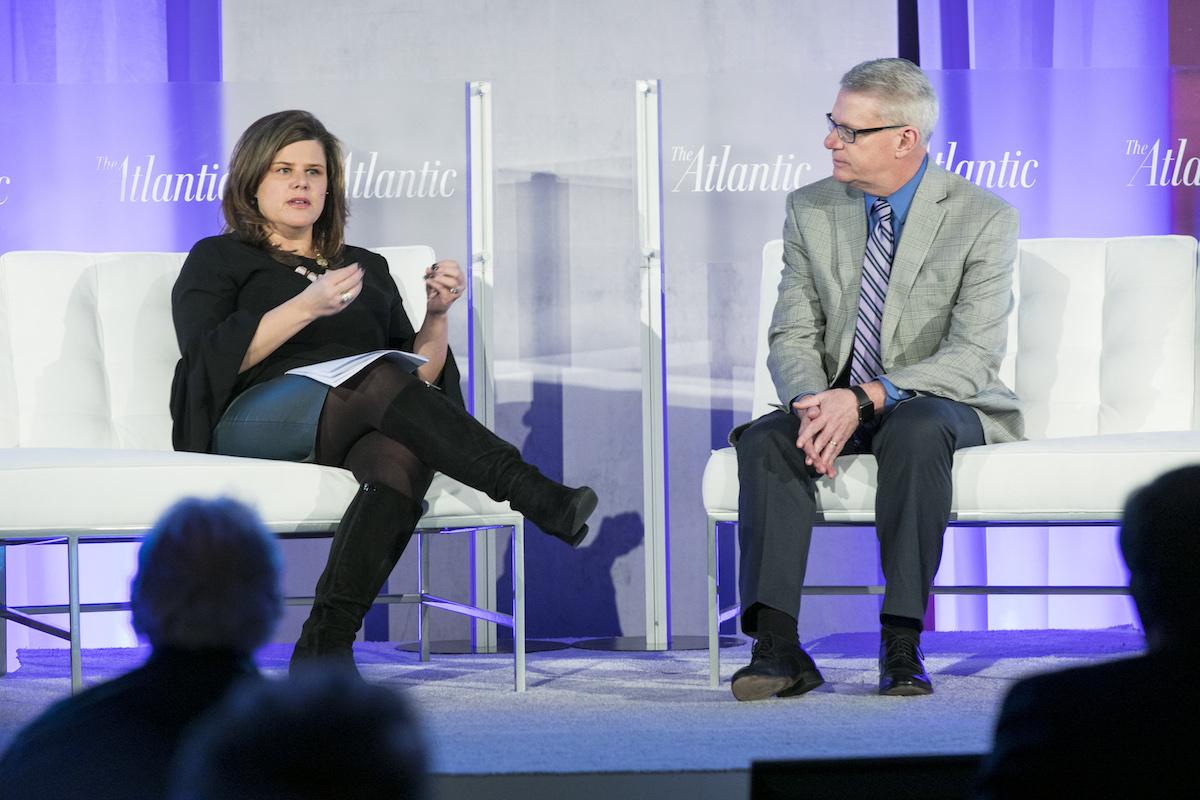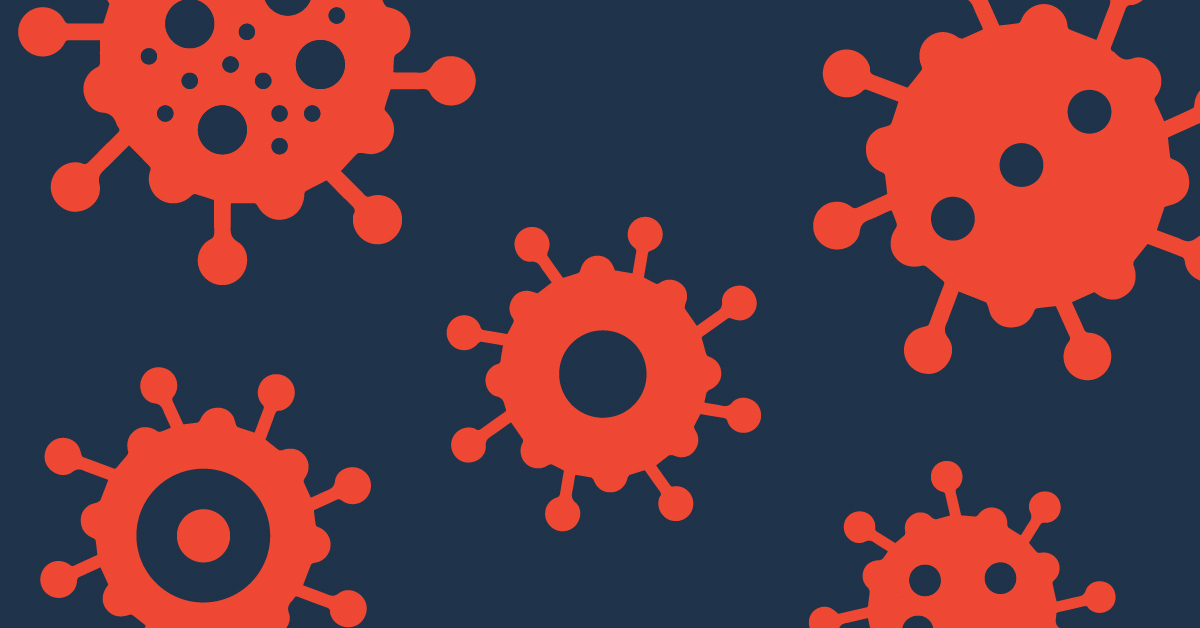Breaking Through
Improvements to pediatric drug research and development can stem from enhanced communication, innovation and collaboration between all stakeholders involved, including patients, researchers and regulatory decision-makers.
Despite challenges, advances in science have led to incredible progress in the field of childhood cancer. For example, in 2017, the U.S. Food and Drug Administration (FDA) approved the first CAR-T therapy for pediatric and young adult patients diagnosed with a certain type of blood cancer. This revolutionary treatment provides a method of collecting a sample of a patient’s own white blood cells, genetically altering them to seek out and attack certain cancer cells, and injecting them back in the body to act as “smart bombs” that selectively target a patient’s cancer.
Over the last three years, several “tissue agnostic” therapies, meaning the therapy can be used for the treatment of any kind of tumor regardless of where in the body the tumor originated, were approved by FDA, including an oral medicine to treat certain pediatric patients whose metastatic solid tumors have a specific genetic biomarker.
Additional innovative treatments are currently under investigation, including immunotherapies and targeted medicines that seek out the specific genes driving a person’s cancer.



